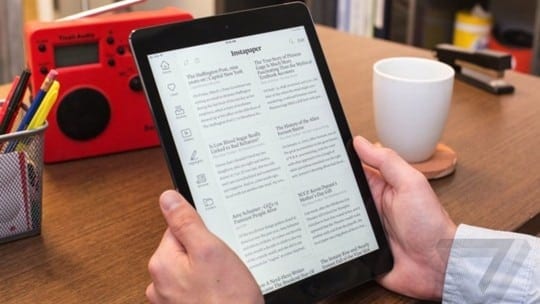
Pinterest is making moves. On August 16, the photo-sharing and pinning app joined the rest of the major social media platforms in the ad-publishing space with a new promoted video service. On August 23, Instapaper, an app for saving articles and pages for later reading, announced it had been acquired by Pinterest. The matchup makes sense, given Pinterest's parallel model of pinning images and video for later review. While there have been article- and link-saving apps on the market for years, Instapaper has a few unique features that make it attractive to bigger platforms and potential buyers (this sale is its second acquisition in recent years), and several applications that make it worthwhile for communicators to keep an eye on in the long term.
For one, Instapaper has a speed-reading feature for subscribers, parsing text and grabbing key phrases to give readers the gist of a long article. With the sheer volume of content communicators read through each day to keep up with industry trends and review their brands' content, this feature could be highly useful to PR pros from a workflow optimization standpoint.
Secondly, Instapaper has access to valuable subscriber data. The articles and pages users save for later reading provide insight into demographic information, from political leanings to pop culture icons. This demographic data might help communicators improve their targeted messaging, should Pinterest make analytics based on that data widely available.
A recent Wired piece suggested Pinterest's acquisition of the article-saving app may help it reach broader global markets, where users' smartphones might not load the images and video that make up the core of the platform. With Instapaper's key technical features prioritizing text articles over image files, Pinterest will have broader insights about users outside of countries with all-encompassing cellular networks.
Finally, the Instapaper acquisition marks an interesting development in the perceived value of written content. With the communications world proclaiming the dominance of photo and video above all else, the fact that the written word and informative, educational content is still valued in the corporate space should have PR pros breathing a (small) sigh of relief.
